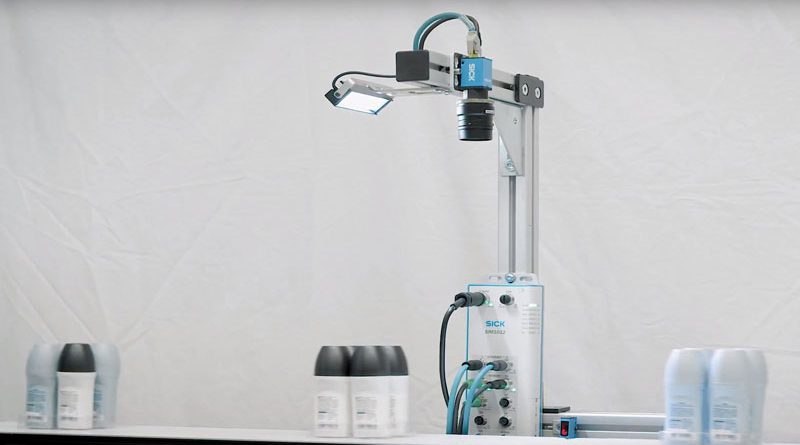The SensorApp for the “New Normality”
On June 9, SICK organized a press conference that was an opportunity to talk about the new SensorApps launched by the group, including the PeopleCounter and DistanceGuard. In combination with SICK’s 2D and 3D LiDAR sensors, people can easily maintain the minimum recommended distance in predefined public spaces. Because the sensor solution does not process personal information, companies can ensure compliance not only with hygiene restrictions, but also with data privacy standards and regulations.
Counting and Spacing
PeopleCounter enables anonymous data processing and differentiation of people from objects over large detection areas. Based on the hardware of the LiDAR 3D MRS1000 sensor, the measurement data is generated as a point cloud. The integrated PeopleCounter application reliably identifies people using their contours. This means that only people are counted and objects are deleted. This process takes place anonymously and without recording personal information.
The DistanceGuard, in combination with the LiDAR 2D TiMxxx sensor, is able to detect the distance between two people. This is particularly useful in environments where the currently recommended minimum distances between people must be maintained. As soon as the distance between two people is less than the configured minimum distance, a signal is generated. Depending on the customer’s wishes, this can be a light signal, a tone or a visual signal.

Access sensor data directly
During the press conference, the new complete portfolio of digital solutions developed by SICK was shown. The focus is on solutions that customers can use to directly access their sensor data and thus create individual added value for their business processes. To this end, SICK has now developed the SICK IntegrationSpace to complement the SICK AppSpace. In the SICK AppSpace ecosystem, programmable sensors and on-board devices can be configured for new tasks with SensorApp; SICK IntegrationSpace is the place where users can find all the digital services offered by SICK.
The digital offering is based on SICK’s extensive application know-how and makes vertical integration of data from the sensor to the cloud easy. This is achieved by using flexible data structures and providing valuable information and knowledge through digital services and expert advice, thus enabling users to optimally master their challenges using 4.0 approaches.

